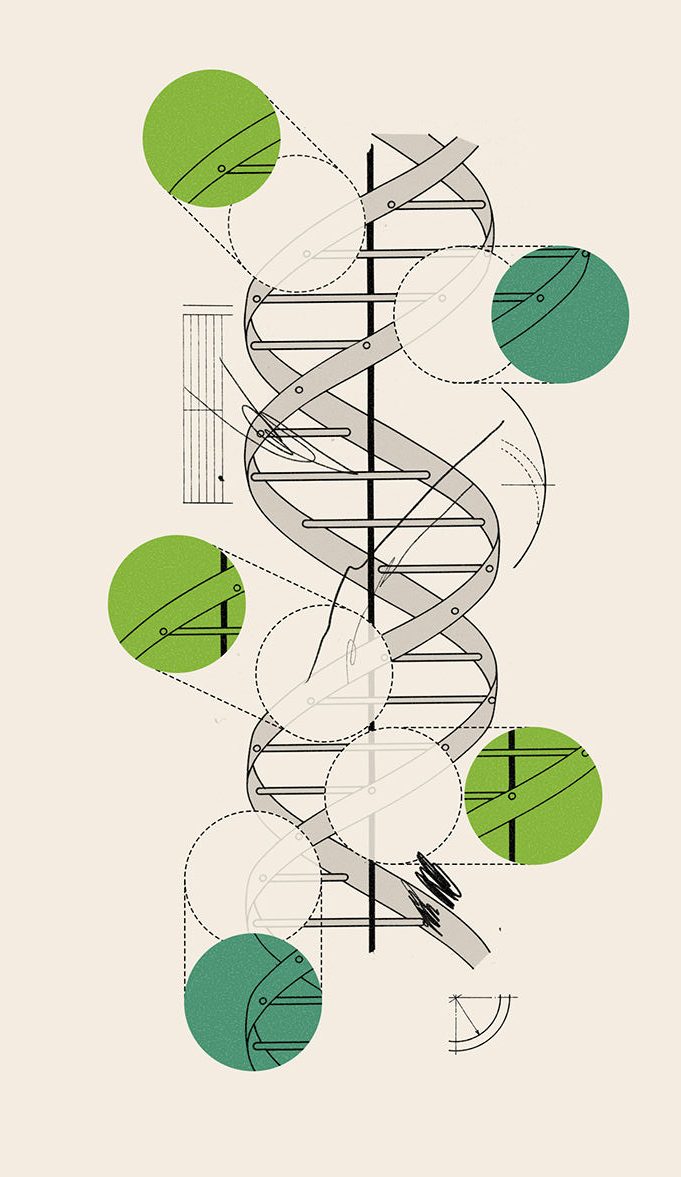Synthetic Biology……. Its Hope and Promise

The future of mankind is far from secure. I am among those who believe that many aspects of our humanity are in very serious crises; in particular, our personal health, the security of our food supply and the health of our environment. It is quite clear that all of these face potentially catastrophic challenges and some of those threats are imminent.
Human Health
Our health faces many unresolved dangers in the areas of cancer, infectious diseases and mental illnesses. Many cancers remain largely unsolved in spite of the excitement surrounding personalized medicine and targeting cancers. Think about the EBOLA virus and what could happen if there were an outbreak in a major American city. And as I write this blog many of us, including our economy are on the edge of our seats wondering how the Coronavirus, Covid-19 will play out. But think also of the many ravages of Mental Illness: addiction, depression, severe psychosis, suicide. These are all conditions that are continuing unchecked and some in fact appear to be increasing. Even more concerning is the fact that there are no strong checks or even promising new treatments to be seen on the horizon.
The Security of Our Food Supply
Rapid population growth, industrialization and urbanization and the many environmental challenges to our agricultural systems raise questions about how we will feed the world in the year 2050 or even earlier. But we don’t have to wait until 2050 to be concerned. Today there are more than 800 million undernourished people in the world, that is they are in danger of imminent death and indeed in 2018, 36 million people did die of hunger (that’s one person dies of hunger every 6 seconds) and that included 4 million children. And it’s not just a matter of food distribution and poverty, there’s a real concern that the world will not have the capacity to feed another 1.5-2 billion people who are expected to be around by 2050.
The State of Our Environment
The dramatic increase in global warming and the severe changes in our climates are putting us in immediate danger. Climate change is threatening our environments, and pollution is poisoning our land, lakes, rivers and oceans. Severe weather is wreaking havoc across the globe. It may be severe draughts in Sub-Saharan Africa, level 5 hurricane flattening and laying waste whole islands in the Caribbean, uncontrolled fires in California and Australia or massive flooding along the coasts of India and East Africa, contaminating the farmland with saltwater and devastating farmland, some even permanently.
IMAGINING
While these challenges are monumental and the future may appear bleak, there is hope. Increasingly there are exciting new solutions coming out of Science leading to our moniker Saved by Science.
Imagine being able to identify specific genetic mutations of a whole range of cancers and to develop personalized and specific therapies (i.e., cures), within hours of diagnosis and even at the bedside.
Imagine being able to modify the genetic mutation that predisposes people to suffer from schizophrenia, bipolar disease, severe depression or addictive disorders and to better control the diseases or even offer effective cures.
Imagine being able to respond to any new viral outbreak (such as Ebola, Zika, AIDS, Coronavirus or even a nasty flu) with an effective vaccine produced in only days, or even hours.
Imagine being able to grow nutritious, inexpensive, high-protein foods in the widest range of possible conditions of temperature, sunlight, water and fertility . . . or even on Mars.
Imagine being able to create real meat without killing animals or produce real milk without milking cows.
Imagine being able to provide plants with nitrogen from the air, without having to mine or chemically synthesize expensive nitrogen fertilizers.
Imagine being able to reverse global warming by removing carbon from the atmosphere and using it as an energy source or material for advanced manufacturing.
Imagine being able to use microbes to clean up lakes and rivers, removing lead and mercury and other toxic materials, and return our waterways to pristine conditions.
Imagine being able to design specific microbes to clean up toxic waste dumps, abandoned mines and industrial sites, and even to clean up disastrous oil spills.
A mere six or seven years ago, these imaginings would have been purely the stuff of science fiction. Today we have realistic expectations that they’ll happen — and that they’ll be brought to market within a decade, maybe even less. These are the products of what some call the “fourth industrial revolution,” a marriage of computer science and newfound knowledge in biology, particularly genomics. We have a book entitled; “Saved by Science” that will be published this coming summer that is about that revolution, a new field of science called synthetic biology and the hope and promise that it offers for the future of mankind.
Steve Jobs, of Apple fame predicted it when he said: “I think the biggest innovations of the 21st century will be at the intersection of biology and technology. A new era is beginning”. And that new era is Synthetic Biology and it is bringing not only dreamy imaginations but real solutions to some of Humanity’s most serious issues in health, food and the environment.
. . .
Image courtesy of Mark Weaver via The Economist
